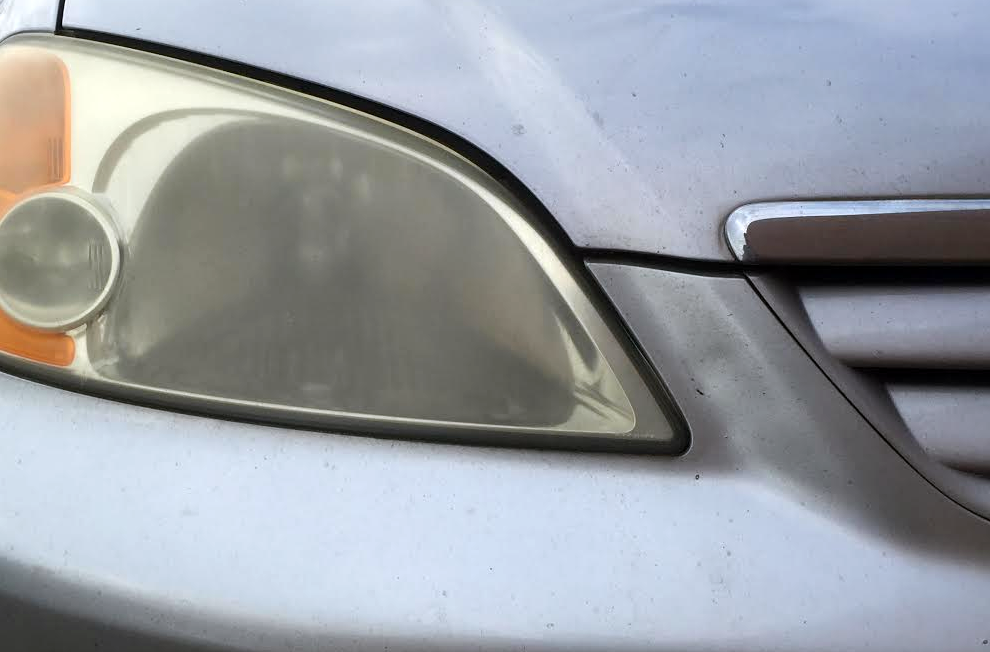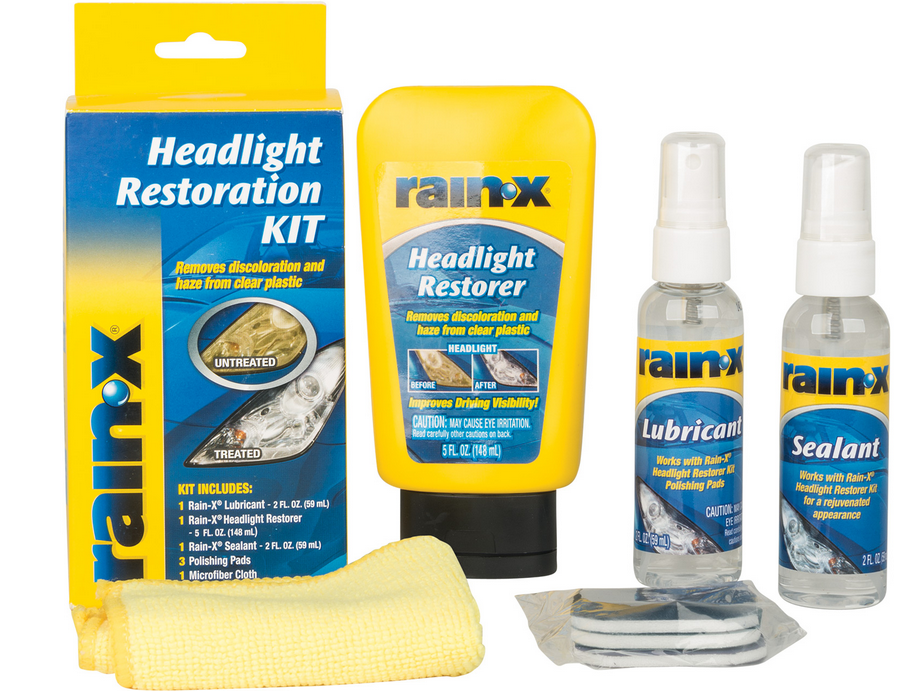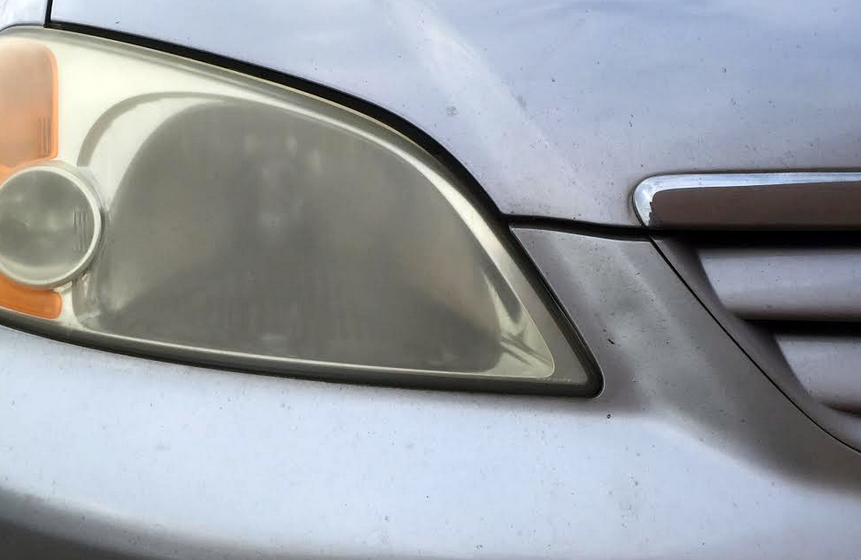
It may not be your fault, but it’s embarrassing just the same. Like a random pimple on your forehead, or finding spinach stuck to your teeth after a staff meeting, cloudy headlamps are many car owners’ secret shame.
Stop It! 5 Habits to Break for Better Gas Mileage
Why Your Headlamps are Clouding Up
And, like acne and sticky spinach bits, cloudy headlamps can happen to anyone, regardless of price or brand of vehicle. Fortunately, you don’t have to live with cloudy headlamps, though there’s no simple solution to the problem.
Here we’ll look at why headlamp lenses grow cloudy; what, if anything, you can do to prevent the phenomenon; and how to clear up lenses already grown hazy.
In 1983, Federal Motor Vehicle Safety Standard 108 was amended to permit the use of composite headlamps in the manufacturing of cars and trucks. This meant that carmakers were no longer saddled to the rectangular or round ”sealed-beam” lamps that had defined the front ends of cars for decades.
This was a boon for designers who were suddenly free to incorporate the headlamps into a given vehicle’s shape, as opposed to working around them.
For a number of reasons—including low weight, durability, and pedestrian safety— manufacturers chose polycarbonate plastic as the primary material for the new composite lenses.
Among its many positive attributes, polycarbonate plastic has one primary drawback: It’s relatively porous when compared to other plastic compounds. To deal with the porosity of the material, composite lenses are treated to a clear coating during the manufacturing process.
Unfortunately, cars usually don’t live in comfortable environments, and the thin protective glaze on a car’s headlamp lenses doesn’t always hold up against dust, grit, road salt, and abrasive car washes. Once exposed, UV rays from the sun pretty quickly begin clouding up the once-clear plastic. Road salt and other chemicals also play a role in converting once-clear lenses into hazy brown-grey points of shame. This process is sometimes referred to as oxidizing.

Preventing Lenses From Becoming Cloudy
One extreme suggestion found on a message board was to always park your vehicle indoors, or with the front of the car pointed away from the sun. This plan is impractical for a number of reasons… one obvious one is that the sun moves over time, making it necessary to move the vehicle during long periods in one parking spot. Additionally, some people have to drive east in the morning—and driving to work backwards is a pretty bad idea.
Unfortunately, there aren’t too many things you can do to prevent your headlamp lenses from eventually clouding up. That said, avoiding car washes that use brushes might help maintain the glaze on your car’s lenses. Also, many enthusiasts believe that periodically applying car wax to the lenses will help block UV rays from doing their dirty work.
Do I Really Need to Use Premium Gas?

Clearing Up Lenses That Have Become Cloudy
If spending several hundred dollars on replacement lenses feels like a bad idea, you may want to consider cleaning them yourself. When we say cleaning, we really mean polishing, as the damage to your lenses is mostly superficial, and can be scrubbed away provided you have the time and energy.
Several companies market lens-restoration kits, the best reviewed of which usually include a polishing agent and coarse cloth or fine brush. A few spray-on/wipe-off products promise quick results, but the accompanying customer reviews suggest that outcomes were less than satisfactory.
A number of enthusiast message boards include posts from members who claim to have great success using toothpaste and a toothbrush, while other folks swear by using automotive polishing compound and a power buffer.
Fortunately, YouTube is chock full of lens-cleaning videos, many of which conclude with impressively restored lenses. We recommend watching several videos before committing to a particular method. Note that all of the more successful efforts seen on YouTube represent substantial commitments of time and elbow grease.
A piece of bad news: Your restored headlamp lens will now face the world sans the protective coating it had once enjoyed. What this means is that your lenses will begin fogging—however slowly—almost immediately. The only good news is that this time, you’ll know how to clear them up again.
Just Go! The 10 Essential Rules of Drive-Thru Etiquette
Why Your Headlamps are Clouding Up
Why Your Headlamps are Clouding Up
Why Your Headlamps are Clouding Up


